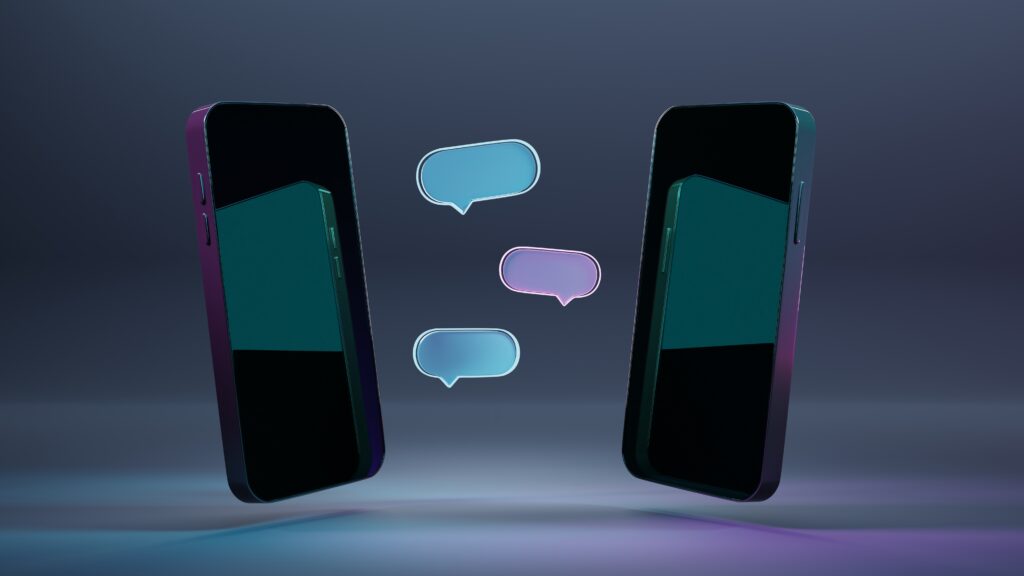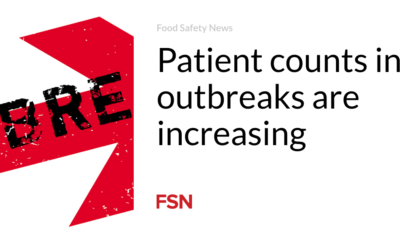Health
How to increase the number of colonoscopies? It looks like an AI can help

cHICAGO — People can be very reluctant to undergo a colonoscopy because of cost, language barriers or fear of what the exam might reveal. One of the best solutions for such barriers is patient navigators that can help solve most of such reasons. The problem is that there are only so many navigators at any given cancer center. Scientists at Montefiore Einstein wondered if AI could help.
Alyson Moadel-Robblee, a psychologist who practices psycho-oncology at Montefiore Einstein Comprehensive Cancer Center, said the navigator team there — as in many hospitals — simply can’t reach all the nearly 3,000 patients a year who don’t get their colorectal disease. cancer screening.
“Since the pandemic, the demand and burden on our healthcare team has been enormous. They are stretched thin. They can only do so much,” Moadel-Robblee said. “They can’t call in the evening or anytime.”
So Moadel-Robblee and other scientists from Montefiore Einstein started working with the technology company MyndYou to create a conversational artificial intelligence to do most of the outreach for patients who didn’t show up or canceled their colonoscopy screening appointments. Presented in a summary here at the American Society of Clinical Oncology meeting on Saturday, the team reported that the AI helped double the completion rate of colonoscopy among this group.
The AI, called MyEleanor, is not designed to replace human navigators, Moadel-Robblee explained. ‘She’ calls patients who have not shown up or have canceled their appointment for a colonoscopy. If they answer, she has two main guidelines: hand them over to a human navigator and, if the patient agrees, take them through a short survey about why they missed their appointment.
“Our virtual navigator, she doesn’t sleep. So she can call earlier, later or on other days. The human navigators are invaluable. They have the human scale. We can’t replace them, but we can complement them,” Moadel-Robblee said.
At a time when computers seem to be inching closer to passing the Turing Test, scientists have made some very deliberate decisions about the refinement of MyEleanor. First of all, she doesn’t sound particularly human, Moadel-Robblee said. “Our fellow navigators, cancer survivors, said, ‘I don’t want this bot to sound like a person and not know if they’re not real,’” she said. MyEleanor therefore retains the speech of a robot. But Moadel-Robblee persisted, without sounding impersonal.
“She’s really warm,” Moadel-Robblee said. “She says, ‘I’m Eleanor.’ I speak English and Spanish, which do you prefer? I am part of the care team.”
It seems to have worked with a large proportion of patients. Of the 2,400 patients MyEleanor called, 57% stayed on the line with the bot. Of those, more than half agreed to switch to a human navigator to try to reschedule their appointment. Ultimately, with the help of MyEleanor, human navigators were able to increase the proportion of no-show patients who completed their colonoscopy from 10% to 19%. Not only that, but MyEleanor also helped free up an average of 52 work hours per month for each human navigator.
“This quality improvement initiative is truly an innovative means to increase cancer screening,” said Fumiko Chino, a radiation oncologist at Memorial Sloan Kettering Cancer Center, during an online ASCO news conference. She did not cooperate in the investigation. “It truly eases the burden of an overworked healthcare workforce by leveraging AI technology to optimize outreach capacity to vulnerable populations.”
These are particularly good numbers considering a significant portion of the Bronx is underserved and may face multiple barriers to accessing care. In the study, Moadel-Robblee says, about a quarter of patients are primarily Spanish-speaking, about 40% are black, 32% are unemployed and about 40% have an education beyond high school. Black and Latino patients are more likely to be diagnosed with colorectal cancer at a younger age and more likely to be diagnosed at a more advanced stage, Chino says, when cancer is harder to cure.
“It’s a group we’re always trying to reach,” said Cynthia Mojica, a cancer researcher at Oregon State University who did not participate in the study. In this sense, the study showed how AI could be a tool that could improve engagement with vulnerable communities for cancer prevention – and potentially help close some of the health disparities between low-income communities and communities of color.
“It has a lot of potential. There are a lot of benefits to it,” says Mojica, who is also working on a similar project to use AI for patient outreach and navigation. “The idea is to reduce the differences using AI, but I think we also have to be careful about the way we design it.”
There are a few things experts like Mojica and Chino hope to see next. First, Mojica says, there’s a chance that some populations will be more comfortable interacting with AI than others, so it will be important to find ways to ensure that AI doesn’t create tools that tend to to assist. only more privileged groups.
“It is important to note that this is a quality improvement project, and not a randomized controlled trial,” Chino also emphasized. “The benefits should be continually reevaluated over time and rigorously tested in other populations.”
But assuming the benefits are real, the technology has a lot of potential, Chino said. And not just for colorectal cancer screening programs, said Montefiore Einstein’s Moadel-Robblee. They soon hope to roll out MyEleanor to other cancer prevention programs, including lung and breast cancer.













